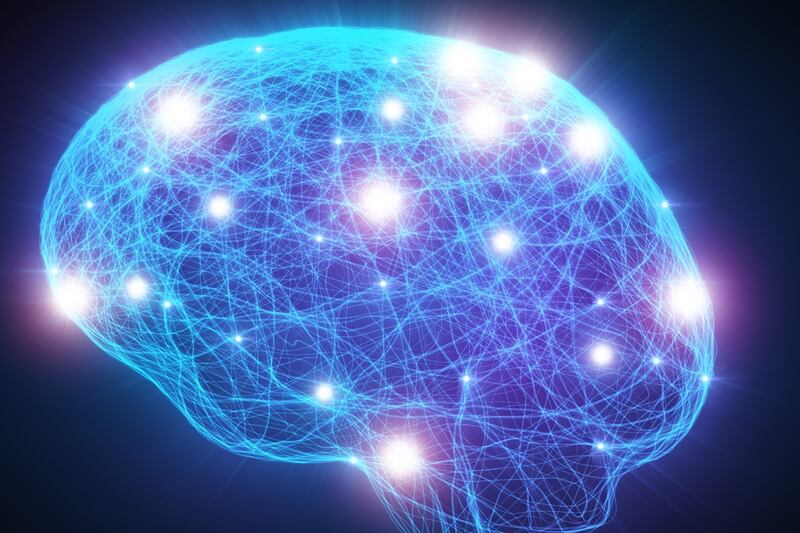Euclid’s Elements was the first major work to organise mathematics as an axiomatic system. Starting from a set of clearly stated and self-evident truths called axioms, a large collection of theorems is constructed by logical reasoning. For some, the Elements is a magnificent triumph of human thought; for others, it is a tedious tome, painfully prolix and patently pointless.
By modern standards, the Elements contains some serious flaws. It is a dry text without illustrations, motivation, anecdotes or mention of any people. Philosopher Bertrand Russell thought its continuing use as a textbook to be scandalous.
Euclid does not explicitly state that a circle has an inside and an outside, that two circles can touch or intersect in two points, or that triangles can be moved around or turned over. Leading German mathematician David Hilbert formalised Euclid's system, repairing or removing its shortcomings. He showed that, as long as arithmetic is self-consistent, so is geometry.
Does the study of mathematics strengthen our mental acuity? Why should we study the subject? It is a profoundly elegant discipline, but people find its beauty hard to appreciate. It has manifold applications in engineering and technology and, more recently, in biology. Most of us have little actual need for it in our lives but, if it sharpens our thought processes, helping us to reason logically, that is reason enough to pursue it.
Abraham Lincoln, who had limited formal education, became convinced of the value of mathematics. While studying law, he struggled to understand what it meant to "demonstrate" something. He discovered the answer by studying the Elements.
Euclid provided a means to construct and demonstrate universal truths, founded on self-evident axioms that require no proof. So assiduous were his efforts that Lincoln could soon demonstrate all the propositions in the first six books of Euclid. He carried a copy of the Elements on his travels as a lawyer. It is said that he spent some effort to square the circle, being unaware of the impossibility of this task.
The American Declaration of Independence opens with an axiom: We hold these truths to be self-evident, that all men are created equal. Jefferson was a keen student of maths, and Lincoln regarded the principles enunciated by Jefferson as axioms for a just and free society. Lincoln used Euclidean arguments to demonstrate that slavery was unjustified: if A has a right to enslave B then B, being equal to him, is entitled to enslave A. This is reminiscent of a theorem in the Elements.
The Elements ends with a flourish. In the final book, Euclid proves there are exactly five Platonic solid polyhedra with identical polygonal faces. One of these is the icosahedron, with 20 triangular faces. Many quasi-spherical viruses have icosahedral symmetry.
Detailed knowledge of the geometry of a pathogenic virus is needed to develop vaccines and therapies. A recent analysis suggests the coronavirus nucleocapsid has the structure of a truncated octahedron. It is remarkable that polyhedra, studied by Euclid for their inherent interest, are invaluable in designing today’s life-saving vaccines.
The first six books of the Elements, edited by Irish mathematician John Casey and published in Dublin in 1885, can be downloaded gratis from gutenberg.org
Peter Lynch is emeritus professor at the UCD School of Mathematics & Statistics – He blogs at thatsmaths.com











